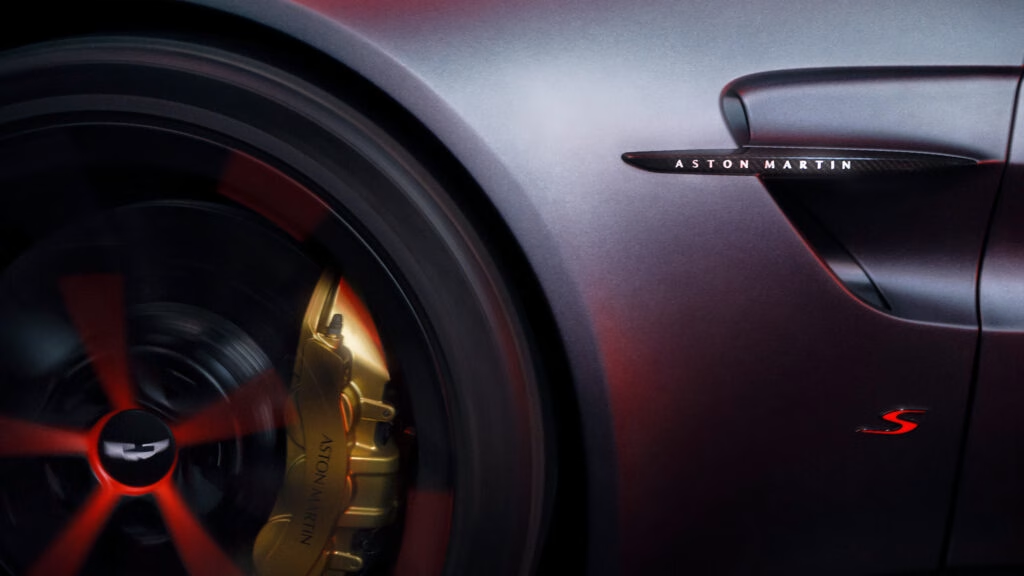How Are Aston Martin’s New Cyber Tires Different From Regular Tires?
Let’s be honest—most of us don’t give tires a second thought unless we’re dealing with a flat or a warning light. But Aston Martin is about to change that with a leap forward in tire technology that’s anything but boring. The British automaker is gearing up to equip its future sports cars with Pirelli’s Cyber Tire system, a high-tech upgrade that’s set to make even the most jaded car enthusiast sit up and take notice.
So, what’s the big deal? Unlike traditional tires, which simply grip the road and hope for the best, Cyber Tires are loaded with sensors that actually talk to your car. These sensors, mounted inside the tire, measure everything from pressure and temperature to the exact way the tire flexes as you drive. The result? Your car gets a real-time stream of data straight from the road, allowing it to tweak suspension, traction, and safety systems on the fly. Imagine your car knowing you’re about to hit a patch of standing water before you even feel it—then automatically adjusting to keep you safe. That’s not science fiction anymore.
What Kind of Data Do Cyber Tires Actually Collect?
You might wonder, just how much can a tire really know? Turns out, quite a lot. Pirelli’s Cyber Tire system, developed in partnership with Bosch, uses Bluetooth to send a constant flow of information to the car’s onboard computer. It tracks changes in the tire’s radius (which tells you how much it’s being compressed), pressure, temperature, and even tread wear.
Why does this matter? Because these tiny changes can reveal if you’re about to hydroplane, if your tires are overheating on a track day, or if you’ve just left the pavement for a gravel road. The car can then instantly adjust its chassis or power delivery to match the conditions. It’s like having a pit crew riding along with you, making micro-adjustments to keep things smooth and safe.
Are Cyber Tires Already on the Road, or Is This Just Hype?
Pirelli first showcased the Cyber Tire concept in 2021, but until now, it’s only been available on ultra-exclusive cars like the Pagani Utopia. Aston Martin’s announcement marks the first real push to bring this technology to a wider audience. And let’s be clear—Aston isn’t the only one eyeing this tech. Industry insiders expect other automakers and tire brands to jump on board soon, especially as vehicles become more connected and autonomous.
In fact, the global smart tire market is projected to grow at a compound annual rate of over 7% through 2030, according to a recent report from MarketsandMarkets. That’s a strong signal that what seems cutting-edge today could be standard equipment tomorrow.
Why Might the US Miss Out on This Tire Revolution?
Here’s where things get complicated. While drivers in Europe and other regions may soon enjoy the benefits of Cyber Tires, American buyers might be left waiting. The reason? Pirelli is partially owned by China’s Sinochem, and US regulators have grown wary of connected vehicle technologies with ties to China. Recent legislation restricts the sale and import of certain connected hardware and software, especially anything that could potentially transmit sensitive data.
That means even though the tech is ready, and automakers like Aston Martin are eager to roll it out, US laws could block or delay Cyber Tires from hitting American roads. It’s a classic case of innovation running up against geopolitics.
How Could This Tech Change the Way We Drive?
Let’s zoom out for a second. Beyond the headlines, what does this actually mean for drivers? For one, safety gets a major boost. Cars equipped with Cyber Tires can react faster than any human driver to changing road conditions, reducing the risk of accidents caused by hydroplaning, sudden loss of grip, or underinflated tires.
Performance enthusiasts will appreciate the way these tires can help a car adapt to the track or twisty back roads in real time. And for everyday commuters, the system could lead to longer tire life and better fuel efficiency by monitoring wear and pressure more accurately.
There’s also a broader shift happening here: as vehicles become smarter, every component—from the tires up—is being reimagined as a source of valuable data. That data doesn’t just help the car; it could eventually feed into citywide traffic management systems or insurance risk assessments. The possibilities are huge.
What Should Drivers and Car Enthusiasts Watch For Next?
If you’re in the market for a new sports car, or just love keeping tabs on automotive tech, keep an eye on how quickly Cyber Tire systems spread. Watch for announcements from other automakers and tire brands, and pay attention to how regulators respond—especially in the US.
And if you’re lucky enough to get behind the wheel of a car equipped with Cyber Tires, expect a driving experience that feels a little more intuitive, a little safer, and a lot more connected. The big takeaway? Smarter tires aren’t about perfection—they’re about smarter adjustments. Start with one change this week, and you’ll likely spot the difference by month’s end.

